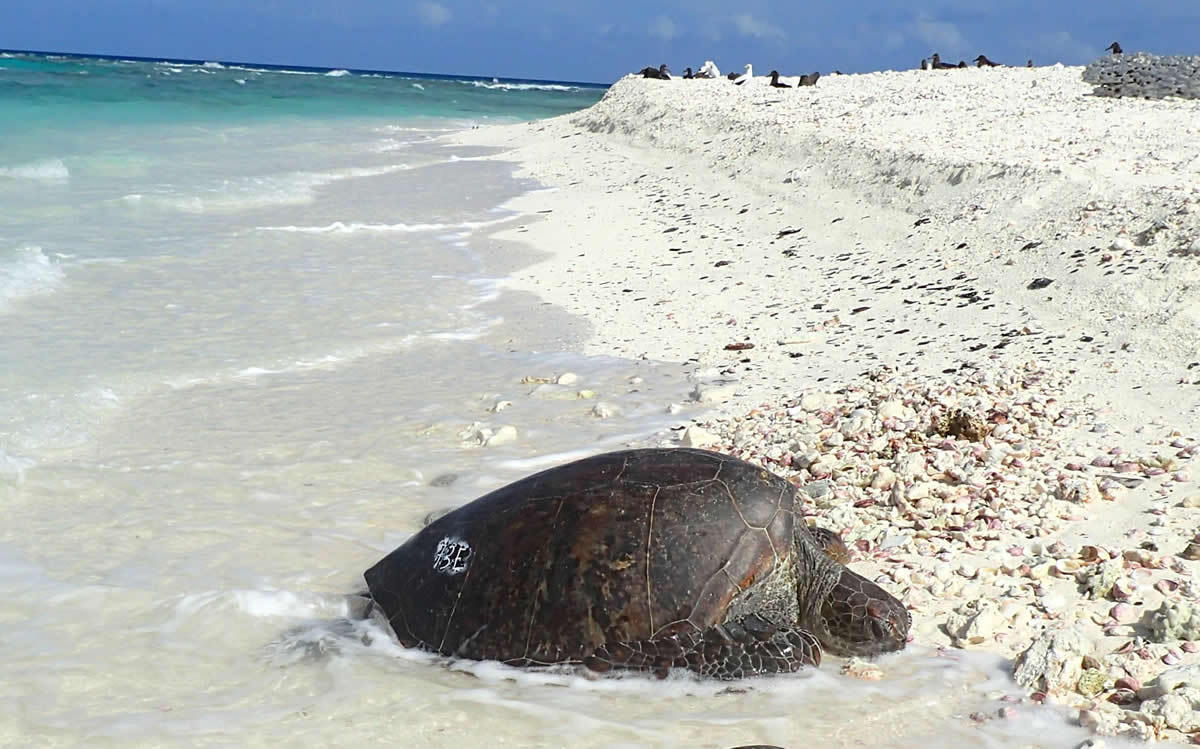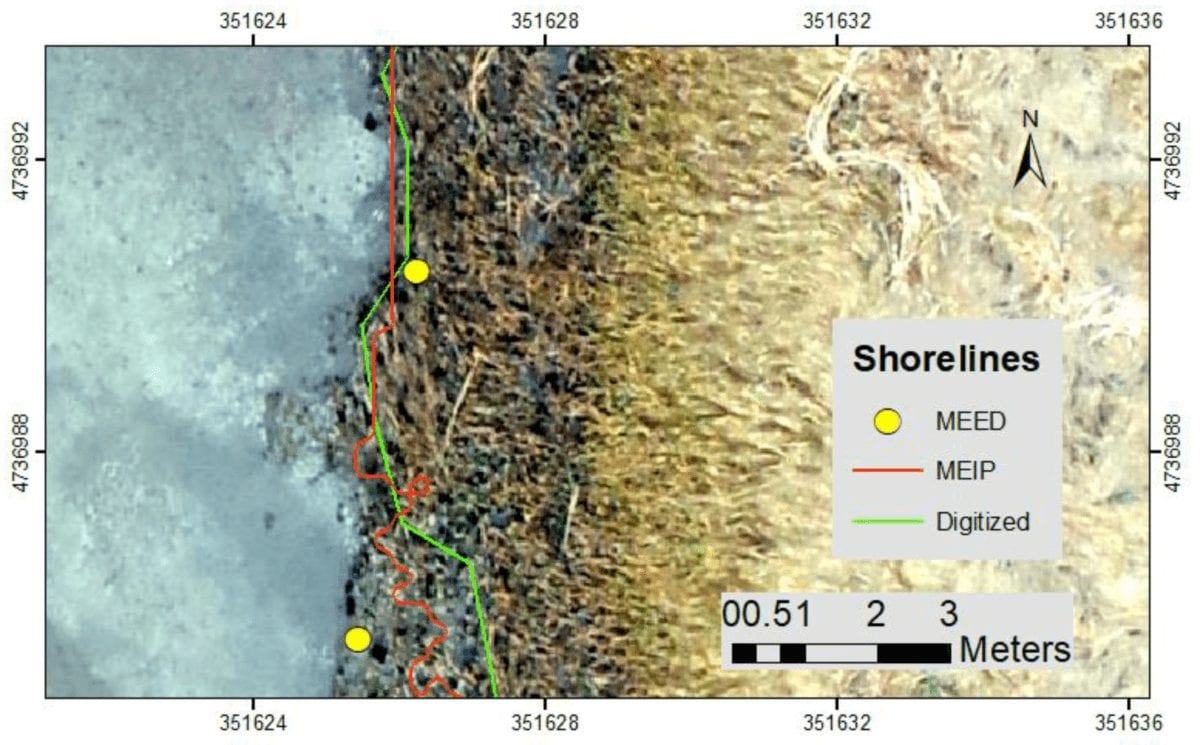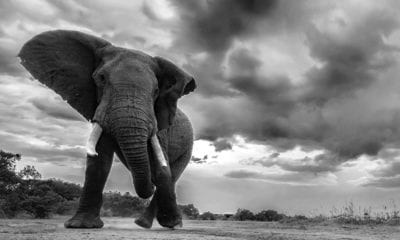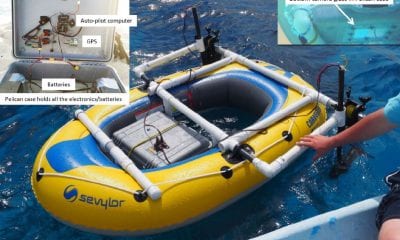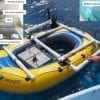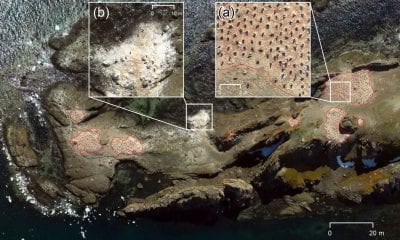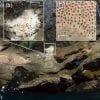Conservation
Monitoring Australian Sea Lions with Drones
Drones have been used in the past to help study various marine species with dwindling population. Now Jodie Hamilton from ABC West Coast SA reports the first time use of drone technology to access 100-metre-high Bunda Cliffs along the Great Australian Bight in South Australia to gather accurate data on the endangered Australian sea lion which live at its base.
These Nullarbor travellers are none the wiser to choose their location with the Southern Ocean’s huge swells and the crumbling cliffs protecting their existence. It is believed that in the early 1800s the Australian sea lion was nearly hunted to extinction in some areas by commercial sealers. Now the pinnipeds are only found in colonies from The Pages off South Australia to the Houtman Abrolhos in WA but the populations have not recovered from sealing and were listed internationally as endangered in 2008.
“Unfortunately they’re not tracking too well,” says Marine Parks manager Dirk Holman adding, “The latest state-wide population survey we did showed a 78 per cent decline over three generations, which is significant.”
Department of Environment research lists fisheries bycatch as the primary threat, apart from demersal gillnet fishing for sharks, rock lobster pots, and entanglement in marine debris.
SA Marine Parks staff is now flying drones down the cliff to get a authentic count of the number of sea lions living there. The project has logged sea lion pups in 25 colonies dotted along a 180 kilometre stretch of the coast.
Holman says that previous counts had been difficult because of the inaccessibility of the area and typography. However, using drones to photograph and create 3D models of the cliff base had immediately revealed greater numbers than counted before and in the long term, would help identify population changes.
“We’ve been monitoring them on and off for I guess the last 20 years and we’ve just been peering over the cliffs with binoculars trying to look at how many sea lions are at the base”. Mr Holman said.
The drones are sent 60 metres down the cliff edge and thousands of high-resolution photographs are taken in quick succession. The images are then stitched together using photogrammetry software to build 3D digital images of the terrain and colonies to allow accurate estimates of the population size based on pup numbers.
Global Unmanned Systems manager Rob Lednor said the terrain posed difficulties for the drone operators. “The Bunda Cliffs reach a scale of approximately 100 metres and this rough, steep landscape is often battered by strong winds blowing in from the Southern Ocean,” he said.
Stating that the drone project was a breakthrough in sea lion management and could help preserve the species Mr Holman said that the 3D models of the cliffs would allow parks management to study the changes in colonies are over time and study the population trends.
Mr Holman expects drone technology will have other applications for conservation like mapping, revegetation projects and tracking rehabilitation.










